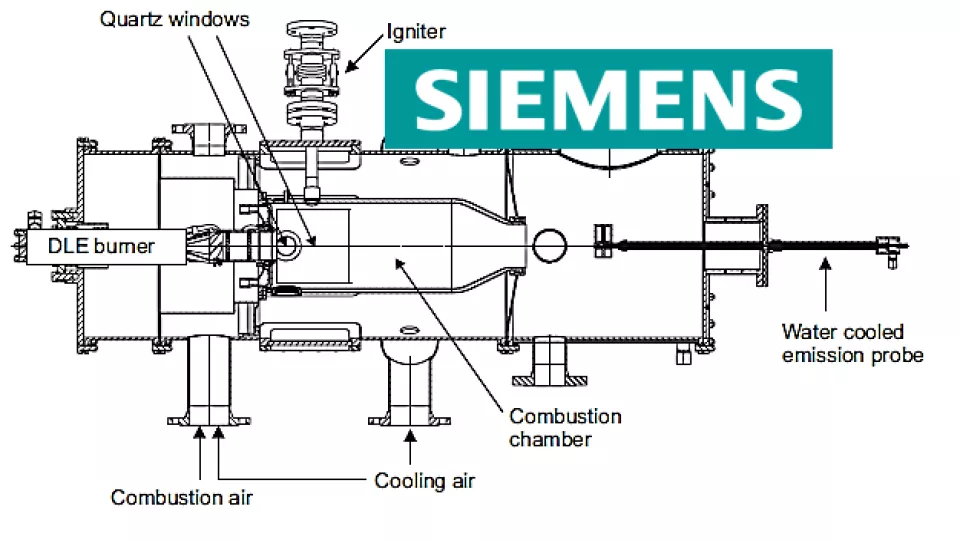Increasing demands to use a broader range of alternative and renewable fuels in gas turbines make it necessary to consider operational flexibility, efficiency, fuel flexibility, and emissions when designing modern industrial gas turbine engines.
One key challenge of gas turbine combustion is to achieve high efficiency combined with low emissions for operation with different fuels and loads. Currently, manufacturers design stationary gas turbine engines to operate under lean premixed conditions to reduce the formation of the nitric oxide pollutant by lowering the flame temperature. However, this approach can lead to undesirable flame instabilities, which may cause local flame extinction, thermoacoustic oscillations, and poor combustion efficiency.
We study gas turbine flames employing laser-based/optical techniques to improve our understanding of
• The flame stabilization
• Turbulent flow-flame interactions
• Fuel flexibility
• Influence of the burner geometry
• Burner operability limit
• Flashback
These investigations are enabling the increased use of hydrogen in gas turbine engines.


